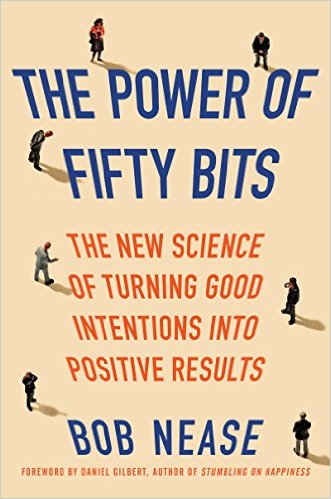 One potential element of healthcare reform is the provision of insurance exchanges, an arrangement designed to allow small businesses and individuals access to more affordable health insurance. A question arises, however, as to exactly how such an exchange should be run. For example, should it ensure a certain level of quality and features but place no limit on the number of plans offered? Or should it play the role most employers take, selecting a much smaller number of options from which members can choose?
One potential element of healthcare reform is the provision of insurance exchanges, an arrangement designed to allow small businesses and individuals access to more affordable health insurance. A question arises, however, as to exactly how such an exchange should be run. For example, should it ensure a certain level of quality and features but place no limit on the number of plans offered? Or should it play the role most employers take, selecting a much smaller number of options from which members can choose?
In a posting at the New England Journal of Medicine’s healthcare reform section, Richard Frank and Richard Zeckhauser argue that we ought to approach this question carefully because actual human behavior falls short of the ideal in predictable ways.
As people face an increasingly large number of similar health plan choices, their tendency to switch plans to reduce their premiums is unlikely to increase and may actually decline — a consumer may be more likely to switch from 1 plan among 6 than from 1 plan among 23. A recent analysis of the Swiss health insurance experience revealed the phenomenon of “inertia due to numbers.” Depending on the canton in which they lived, Swiss consumers faced the choice of 30 to 75 health plans, all meeting mandated coverage standards. Information on plans, including premium amounts, was made widely available. Under these circumstances, one might expect frequent switching and robust price competition. Instead, people who were offered more alternatives were less likely to switch plans. The result was greater price variation in markets offering more choices. The implication is that when choice sets become very large, people “leave more money on the table” — possibly because the abundance of alternatives overwhelms them or prevents them from getting enough information on an alternative plan to induce them to switch.
These sorts of data are really challenging in terms of choice architecture. What is the optimal number of plans to offer? Should everyone see the same N options, or should there be a mechanism to winnow down the superset of options to a more manageable number? This reminds me of real estate agents: in theory, purchasers can choose between a large number of very different houses. But in practice, realtors do a lot of filtering — in a sense, you’re paying not to see a bunch of irrelevant options.
(Note: a slightly different version of this entry originally appeared at consumerology.com)

